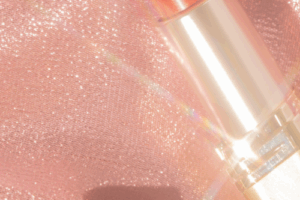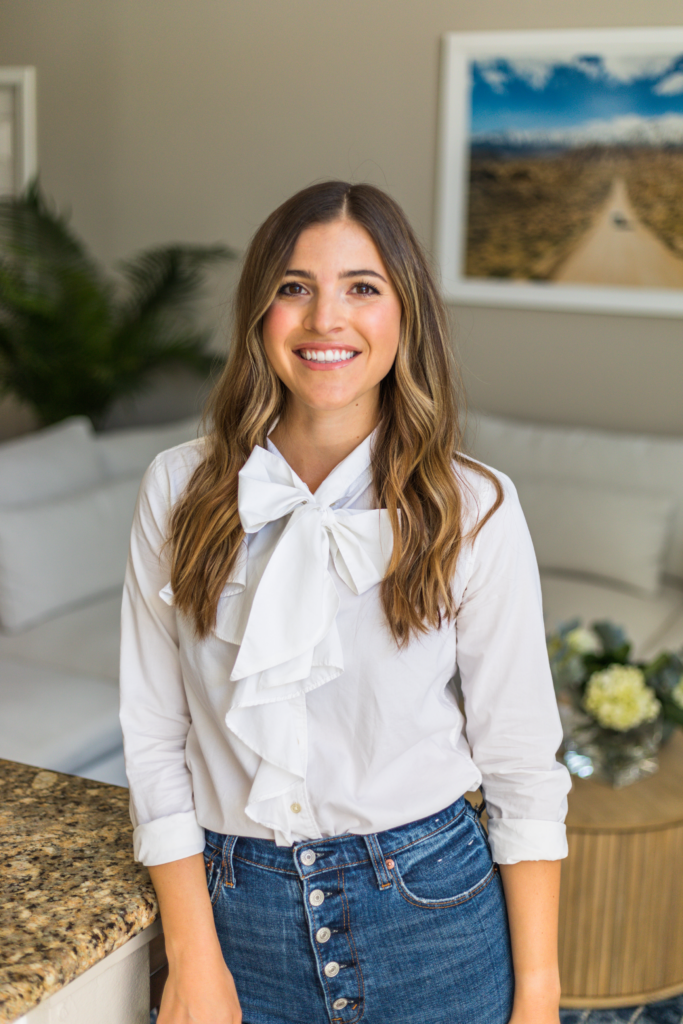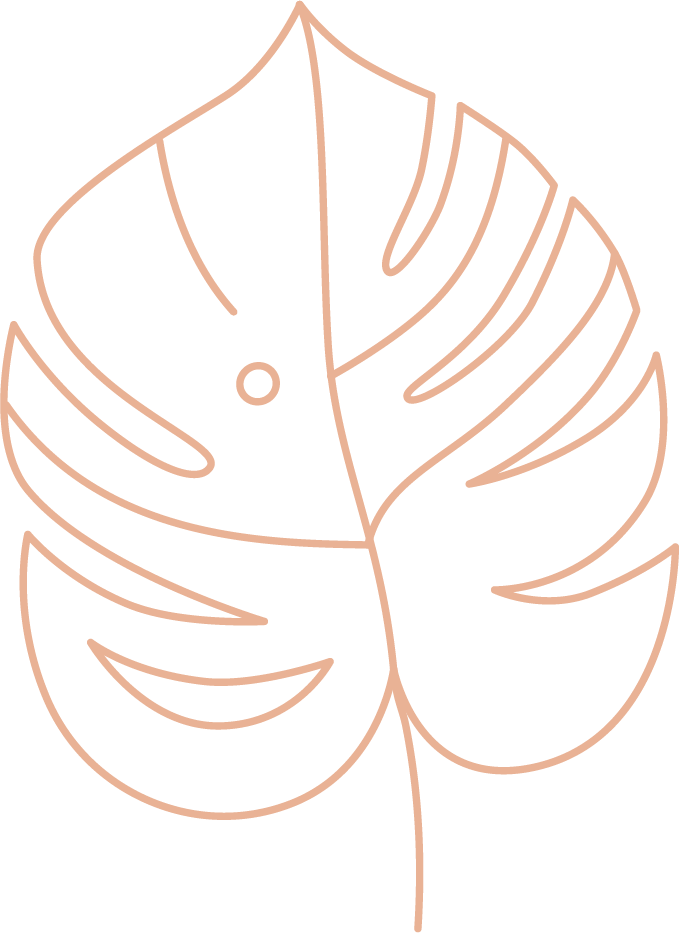


As a certified yoga instructor and holistic therapist for a decade, I am a huge advocate of yoga for anxiety management. Clearly, I’m a little biased but for good reason! Yoga has been the subject of various research studies examining its effects on anxiety and stress management. While the results can vary depending on the specific population studied, the type of yoga practiced, and the research methodology, many studies have reported positive outcomes for mental health.
In this post we dive into the benefits of yoga for anxiety, what types of yoga are best for anxiety, specific yoga postures for anxiety, yoga breathing exercises for anxiety, and even a yoga sequence to help decrease anxiety. My hope is you will find some helpful new strategies to help ease stress and anxiety. As with anything I share, take what you need and leave the rest.

Reduction in anxiety symptoms: Numerous studies have shown that regular yoga practice can help manage anxiety and other mood disorders. The combination of physical movement, breath work, and relaxation techniques during a yoga session has been shown to have a positive impact on the nervous system, promoting relaxation and decreased feelings of anxiety.
Lowered stress response: Yoga has been found to reduce the body’s stress response by decreasing cortisol levels. Cortisol is a hormone released in response to stress, and lower cortisol levels have been associated with reduced anxiety.
Enhanced GABA activity: Some studies suggest that yoga may increase the levels of gamma-aminobutyric acid (GABA) in the brain. GABA is a neurotransmitter that helps regulate anxiety and stress responses. Higher GABA levels are associated with a calmer state of mind.
Increased mindfulness practice: Mindfulness-based yoga practices, which emphasize being present in the moment and non-judgmental awareness, have been particularly effective in reducing anxiety and depression symptoms.
Improved psychological well-being: Beyond anxiety reduction, yoga has been associated with improvements in overall psychological well-being, including increased feelings of calmness, improved mood, and enhanced self-awareness.

The best type of yoga for anxiety can vary depending on individual preferences and needs. Different styles of yoga offer various benefits, and what works for one person may not be the ideal choice for another. However, certain styles of yoga are often recommended for anxiety due to their focus on relaxation, mindfulness, and breathwork.Yoga practices that incorporate mindfulness techniques, such as paying attention to the breath and physical sensations in the present moment, can be especially effective for anxiety reduction. Here are some yoga styles that are commonly considered helpful for anxiety relief:
Hatha yoga is a gentle and slow-paced practice that involves holding yoga poses for a longer duration. It often includes breathing exercises and meditation, which can be beneficial for calming the mind and reducing anxiety.
Restorative yoga is probably my favorite type of yoga. It is a deeply relaxing practice that involves holding supportive poses with the help of props for extended periods (anywhere from 5-20 minutes or longer). The yoga poses are usually seated or lying down so you can do this no matter how tired you are. It can promote deep relaxation and helps shift your body from the sympathetic nervous system (fight, flight or freeze) to the parasympathetic nervous system(rest and digest). This is an amazing practice to incorporate at the end of the day before bed if you struggle with sleep or experience chronic anxiety.
Yin yoga is a passive practice that involves holding poses for several minutes. In yin yoga we focus on stretching and releasing connective tissues. This slow-paced practice is typically done sitting or lying down and can encourage a meditative state and help calm the nervous system.
Vinyasa yoga is what I recommend for people who struggle to sit still or are afraid to be with their thoughts. Since it’s a more dynamic and active style of yoga, it can help bring your awareness to the breath and body instead of whatever thoughts are running through your mind. In vinyasa yoga, there is a huge emphasis on linking the breath to movement, promoting a sense of focus and complete relaxation.
Kundalini yoga combines physical postures, breathing techniques, chanting, and meditation. The emphasis on breath work and energy can help with stress relief, releasing tension and promote a sense of overall well-being.
Practicing yoga in a heated room can promote sweating and relaxation, which may be helpful for some individuals dealing with an anxiety disorder.
Also known as “yogic sleep,” is a guided meditation practice that encourages deep relaxation and can be especially helpful for anxiety and stress reduction.

Ultimately, the best type of yoga for anxiety is the one that you enjoy and can practice regularly. It’s essential to find a style that suits your physical abilities and resonates with your personality and preferences. Attending a few classes of different styles or exploring online videos can help you discover which type of yoga brings you the most relief and comfort.

I designed the following sequence to help reduce stress and anxiety while promoting relaxation. These are all amazing yoga poses for anxiety and you can do them all together in a sequence or pick and choose which yoga postures you want to do. It’s an amazing practice to do anytime you’re feeling anxious. Remember to move mindfully and focus on your breath throughout the practice. If you have any physical limitations or health concerns, modify the poses as needed and consult with a healthcare professional or yoga instructor before starting any new exercise routine:
Child’s pose can help release tension in the back and shoulders, inducing a sense of calm and grounding. The gentle pressure on the forehead can also stimulate the “third eye” area, which is associated with the nervous system and relaxation.
Cat pose and cow pose are two poses that typically go hand and hand. The dynamic movement of Cat-Cow Pose can stimulate the parasympathetic and the sympathetic nervous system systems, promoting a harmonious balance between the two. This balance can lead to a calmer state of mind and improved emotional regulation.
This gentle forward bending pose can help calm the mind and relieve anxiety by allowing the head to hang freely, encouraging a feeling of surrender. I like to do a forward bend and imagine the stress rolling down my back onto my head and dropping onto the mat beneath me.
This gentle and accessible pose can help release tension on the upper body and create a sense of vulnerability and openness. The forward extension of the spine in this pose can have a calming effect on the nervous system and help reduce feelings of anxiety, restlessness and overwhelm.
Bridge pose is an amazing backbend that helps open the chest, shoulders, and heart, which can be beneficial for reducing anxiety and boosting your mood.
This pose is deeply grounding and restorative. It’s another gentle chest, heart and hip opener that can evoke a sense of vulnerability and emotional release.
This restorative pose can promote relaxation and help reduce feelings of anxiety and stress by reversing the blood flow and calming the nervous system.
Corpse pose is the final relaxation pose at the end of your yoga practice. It allows the whole body, and mind to fully relax and integrate the benefits of the practice you just completed.
Practice this sequence regularly to cultivate a sense of peace and tranquility, and remember that yoga is a tool that can complement other anxiety management techniques. Always listen to your body, and if any yoga pose ever feels uncomfortable or causes pain, adjust or skip it as needed. If you’re new to yoga, it could be helpful to go to an in person class or work with a yoga instructor to ensure proper alignment and reduce risk of injury.

When practicing yoga for anxiety or doing any yoga poses for anxiety, it’s important to listen to your body and avoid pushing yourself beyond your limits. If certain poses or practices feel uncomfortable or trigger anxiety, modify them or skip them altogether. Always listen to your body. Consistent and gentle yoga practice over time can contribute to a reduction in anxiety symptoms, but remember that yoga is just one tool in your anxiety tool belt. When looking to overcome anxiety, its important to incorporate other anxiety management strategies, such as therapy, relaxation techniques, and lifestyle changes. Always consult with a healthcare professional if you have any health concerns or underlying medical conditions before starting a yoga practice.
As a holistic therapist and yoga instructor for a decade, I love incorporating yoga into my work with clients when appropriate. If you found this post interesting and want to learn more about holistic practices to incorporate in your daily life, I have a couple of holistic ebooks that incorporate yoga, mindfulness, and nutrition to support your mental health.
https://www.ncbi.nlm.nih.gov/pmc/articles/PMC5843960/
Long, R., & Macivor, C. (2008). The key poses of yoga. Bandha Yoga Publications.
Bridges L, et al. (2017). The efficacy of yoga as a form of treatment for depression. DOI:
10.1177/2156587217715927


Holistic Therapist, Nutritional Therapy Practitioner and Yoga Instructor in Elk Grove, California.
© Copyright 2024 That’s so well. All Rights Reserved. LICENSED MARRIAGE AND FAMILY THERAPIST #107356. DISCLAIMER. PRIVACY PRACTICES. TERMS AND CONDITIONS. Website by Chloe Creative. 9727 Elk Grove Florin Road, Elk Grove Ca 95624